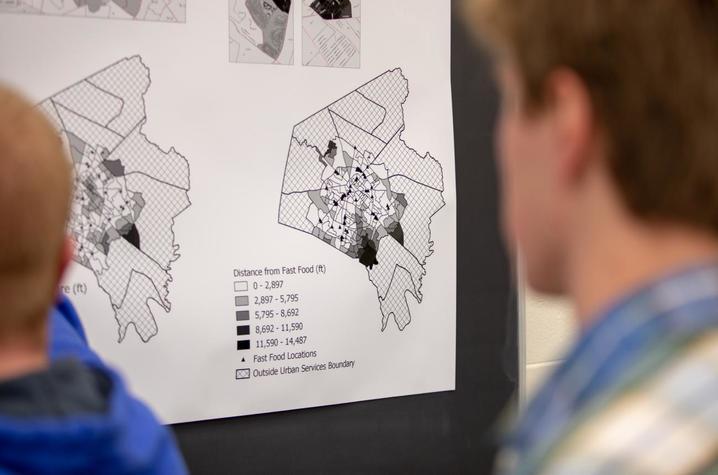Deliberative Empathy and the Politics of Citizenship in Hong Kong: The Case of Migrant Domestic Workers
Department of Geography Colloquium Series
Date:
Location:
Classroom Building Room 122
Department of Geography Colloquium Series
Department of Geography Colloquium Series
By Lori Adams

The University of Kentucky has released its Dean's List for the spring 2019 semester. A total of 6,562 students were recognized for their outstanding academic performance.
By Whitney Hale
The University of Kentucky Office of Nationally Competitive Awards has announced that seven recent UK graduates and four doctoral students have been offered Fulbright U.S. Student Program scholarships. The UK recipients are among approximately 2,000 U.S. students who will travel abroad for the 2019-20 academic year.
By Madison Dyment
